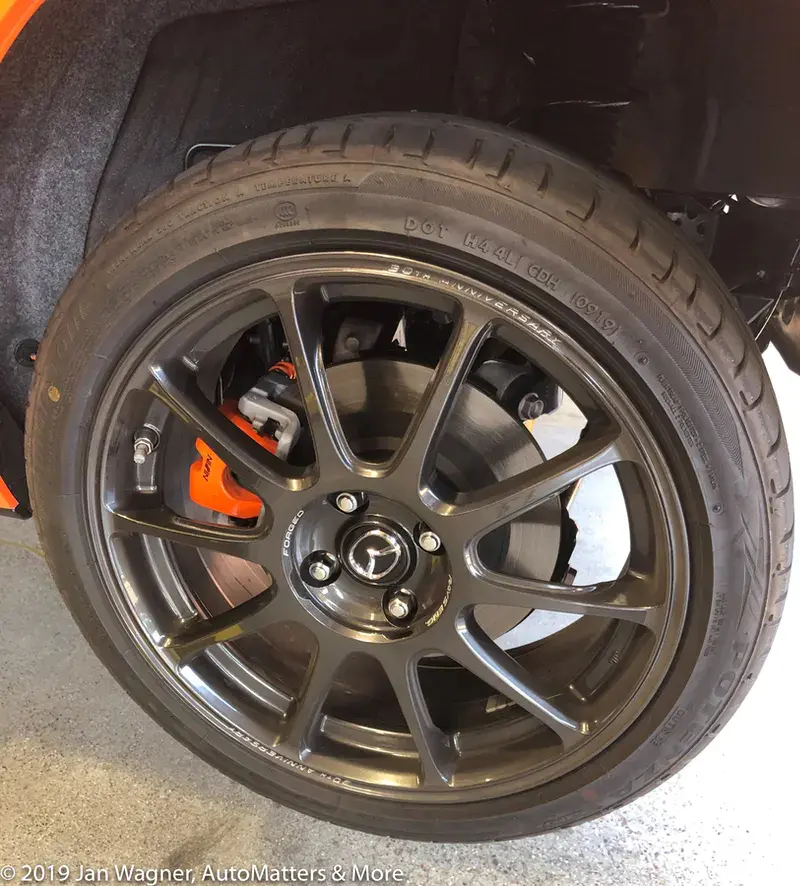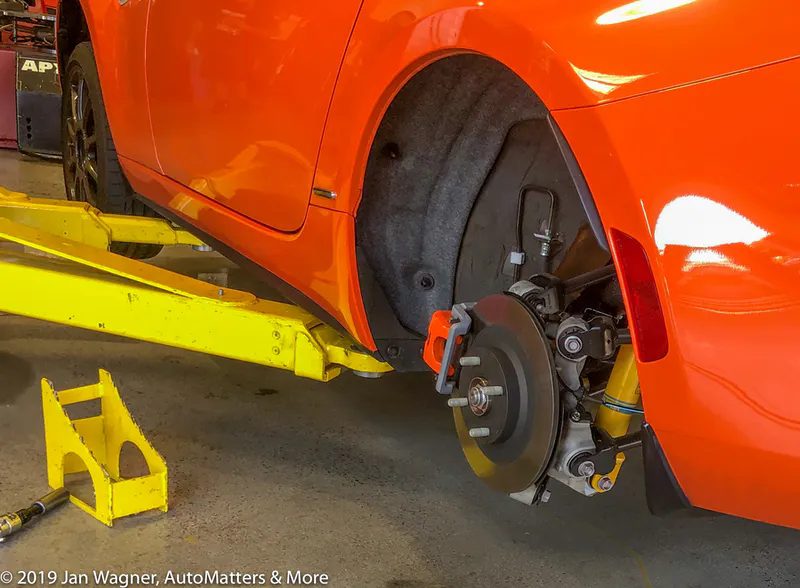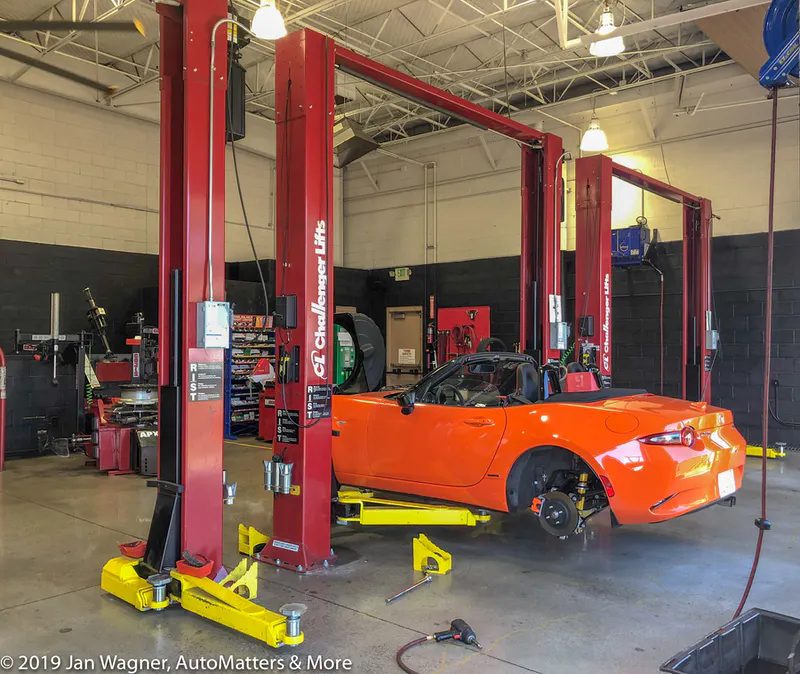
TIRE PRESSURE MONITORING SYSTEM (TPMS) – WHAT EVERY DRIVER NEEDS TO KNOW!
What you should do, and when
When you take delivery of a new – or new to you – automobile, it is likely that you will drive it away before you are completely familiar with its operation.

While only by driving it will you experience how your new automobile will respond to your inputs, in its Owner’s Manual your vehicle’s manufacturer will attempt to prepare you for driving it by providing you with carefully organized, detailed information about it. In this welcoming statement in the Owner’s Manual of my new 2019 MX-5 Miata, Mazda wrote: “To help ensure enjoyable and trouble-free operation of your Mazda, read this manual carefully and follow its recommendations.”

There was a time, many years ago, when I would go home and, over the next few days, read the entire Owner’s Manual. I would label certain key pages with sticky notes and use a highlighter marker to draw attention to especially important things to know. Doing so would familiarize me with the car’s operation, even if I had to refer to the Owner’s Manual again for a refresher.
In recent years, despite my best intentions, I no longer read the entire Owner’s Manual. I am too busy with other things, and you may be too. Instead, I keep the Owner’s Manual in the vehicle, ready for me to look up what I need to know in its index.
An example is what to do if the TPMS warning symbol lights on the instrument panel. You must deal with this immediately.

According to my Miata’s Owner’s Manual: The tire pressure monitoring system (TPMS) illuminates a low tire pressure telltale when one or more of your tires is significantly under-inflated. Accordingly, when the low tire pressure telltale illuminates, you should stop and check your tires as soon as possible, and inflate them to the proper pressure. Driving on a significantly under-inflated tire causes the tire to overheat and can lead to tire failure. Under-inflation also reduces fuel efficiency and tire tread life, and may affect the vehicle’s handling and stopping ability.
This is one of many things that you must do as soon as possible. Even though you may have checked your tire pressures very recently or have just driven your vehicle without a tire problem, a tire’s condition may have changed significantly. To illustrate that, here is what happened to me recently.
I had spent my Friday completing a list of errands that I had to finish by the end of the day. Some of my errands required visits to government offices that would be closed on the weekend.
Mid-morning I drove into the fairly new underground parking structure of the County Administration Building. I went into the building, conducted my business and returned to my car to drive to the next place on my list.

Almost as soon as I drove out of the parking structure, I noticed that the low tire pressure symbol was lit on my car’s instrument panel. As is shown in the “Warning/Indicator Lights” section of my Owner’s Manual, the symbol looks like the cross section of a tire, with an exclamation mark in the middle.
I had been driving all morning without a problem with the tires, so how could it be that this warning light was now lit? I thought that perhaps the tire pressure in one of my tires had been close to triggering the warning light, and hoped that meant that I could still drive the car safely for a while longer. Nevertheless, I did the responsible thing. I pulled over as soon as reasonably possible (no easy matter on crowded downtown San Diego streets on a work day) and checked the pressures in my tires.
To do that I used the tire pressure gauge that I carry in my car. You should have one too. They are small and inexpensive.
I discovered that the driver’s side rear tire of my Miata only had 15 pounds of air pressure. This is about half of what is required. It needed attention right away.
Fortunately, there was a trusted tire center (Costco) nearby and I was able to drive there safely. The experienced technician determined that a small screw had punctured my tire, and he repaired it.
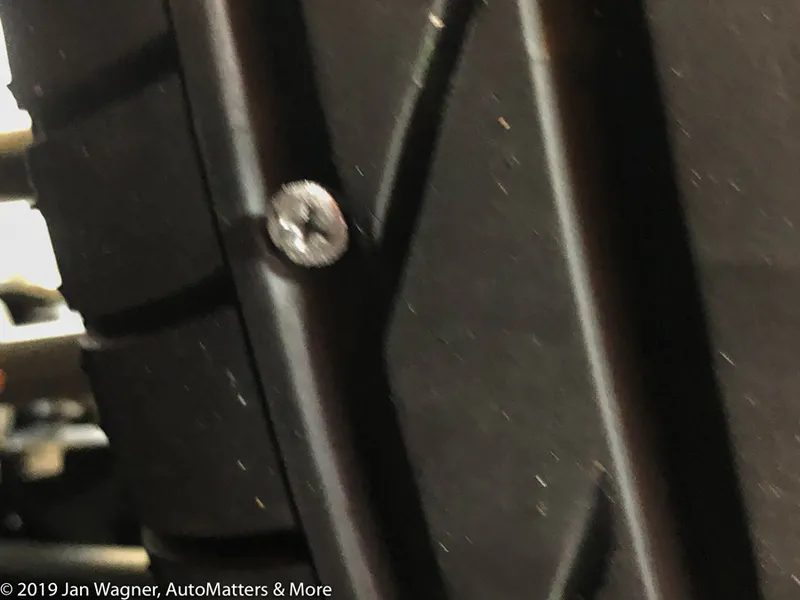
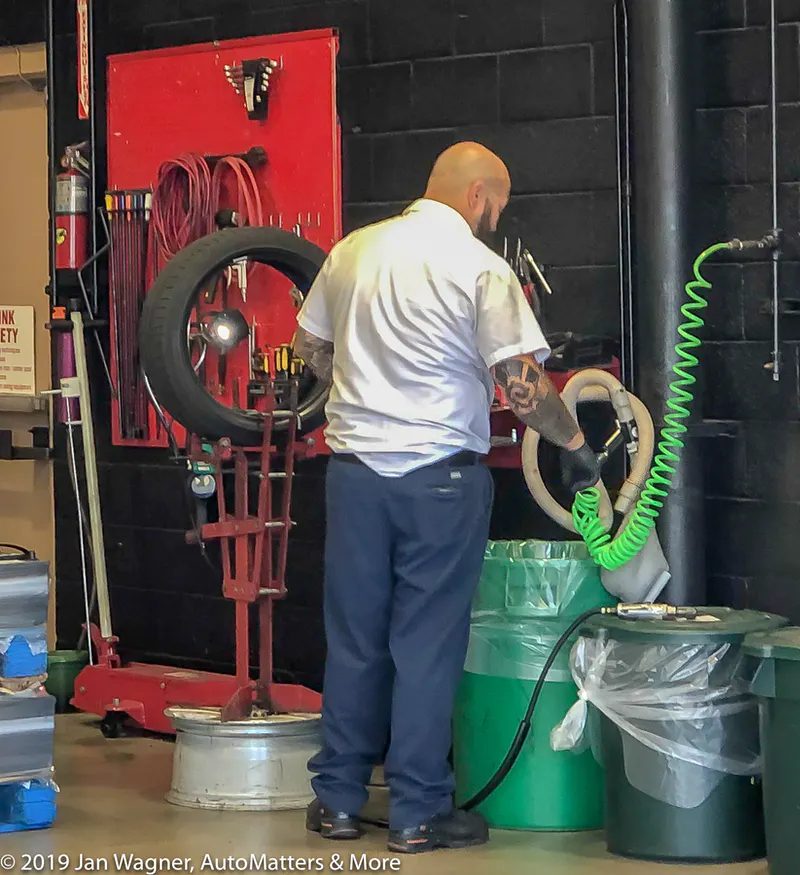
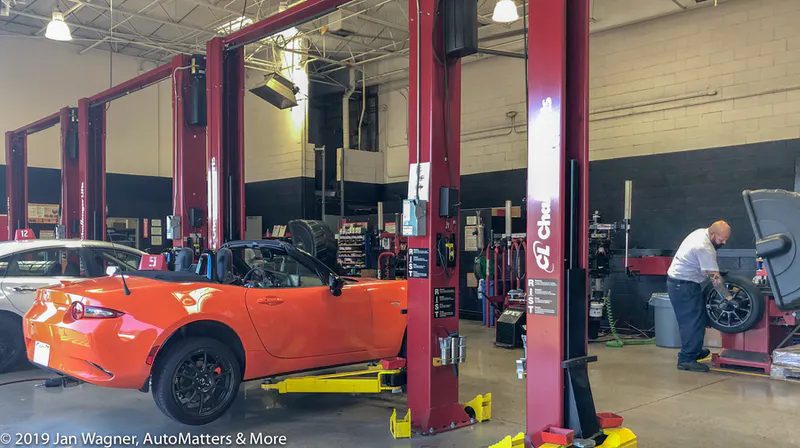
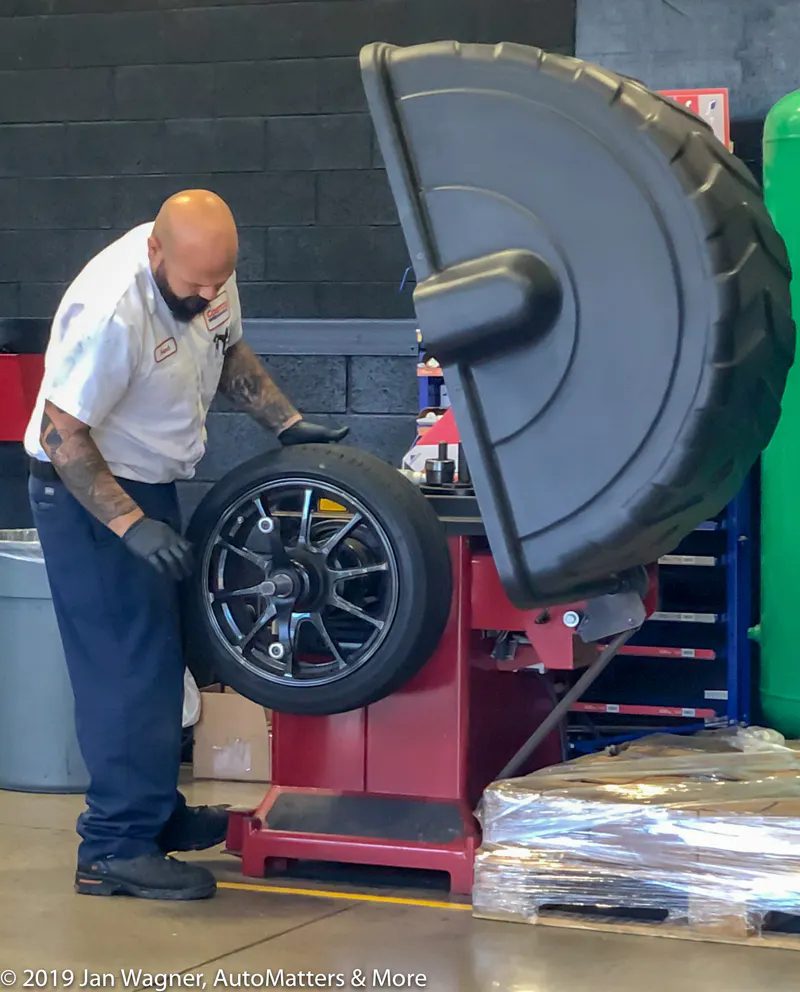
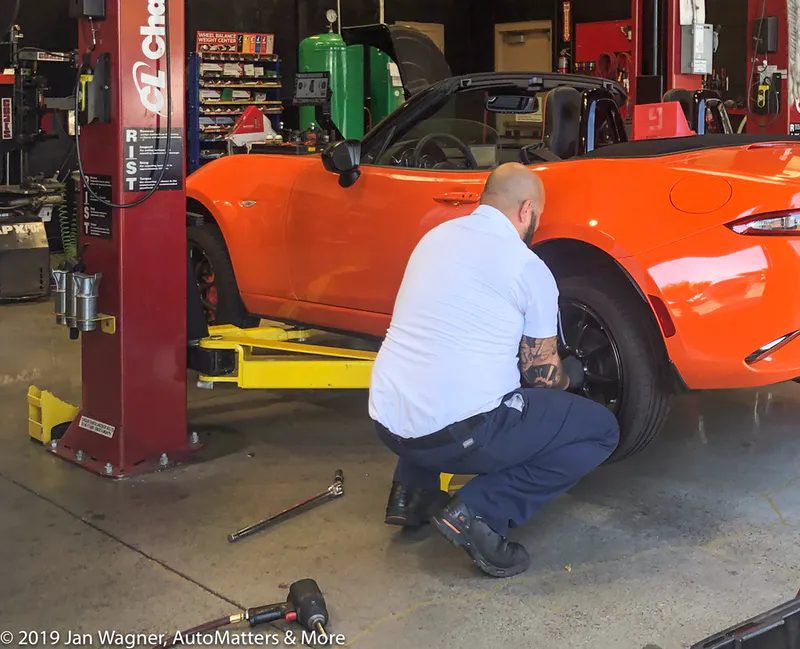
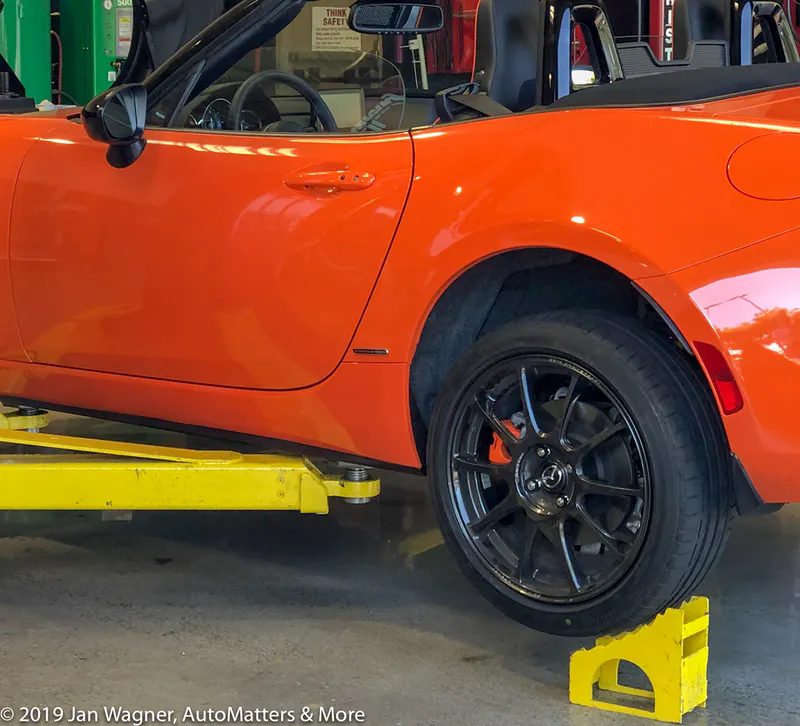
I had just enough time to complete my errands before the weekend.

COPYRIGHT © 2019 BY JAN WAGNER – AUTOMATTERS & MORE #614




